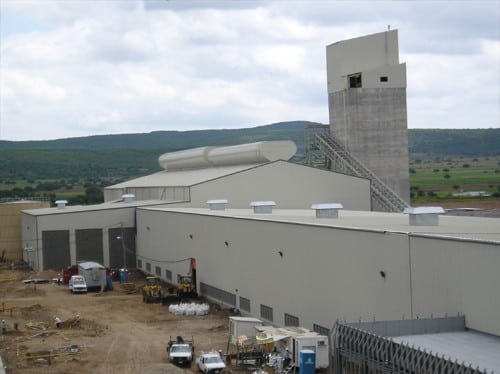MoffittVent™ ventilator vs. Penthouse Roof vent
The MoffittVent™ has been modeled and designed to operate perfectly in less than perfect conditions. Some people will tell you a penthouse roof vent works just as well. This is not true. The MoffittVent™ is proof that all rooftop natural ventilators are not created equal.
How is a MoffittVent™ Ridge Vent Different from a Penthouse?

More than any other device, Moffitt is best known for the ridge ventilator known as the MoffittVent™. A large ovular shaped natural ventilator, the MoffittVent™ is designed to provide a continuous air evacuation point along the roof of the building. This roof vent lets out a high volume of warm air while directing rainwater away from the opening.
A penthouse vent is also designed to let stifling air escape and it too runs along the roof of a building. It consists of a raised section of roof that has louvers on the side. These louvers are designed to let warm air escape, just like the MoffittVent™. However, it doesn’t work as well, especially when it comes to using it to regulate the temperature of a building in a comparable way that a hvac roof system would.
Penthouse Roof Vent – Ridge Ventilator
The penthouse roof vent is a basically a louver system. The way in which it allows hot air to escape is also the main problem. The louvers must be closed to keep the rain from coming in. This eliminates all ventilation benefits when it rains If ventilation is needed, the louvers must be opened letting the rain enter the build. Winds as low as 12 mph are strong enough to push water in through the louvers.
The MoffittVent™ however, is designed to direct water away from the opening. Whether it’s 12 mph winds or hurricane force winds, water flows away from the building opening through a series of drains and channels. It then pours onto the roof, away from the building. All without interrupting the evacuation of heat from the building. So, as you can see, whether it is a residential or commercial building, it can cause a massive issue for the building’s vent system if it breaks.
The Wind Problem
Water entrance is bad enough, but in a heavy rain, the penthouse vent will not even evacuate heat properly. In even the slightest breeze, the vent becomes half as effective. When the wind blows directly against the louvered vents, it meets the evacuation point head-on and prevents the warm air from escaping. This results in the evacuating air getting trapped in the raised portion of the vent and causes a 50% reduction in ventilation and a buildup of heat.
The MoffittVent™ design takes advantage of moving air. It utilizes the chimney effect to pull the balmy air out of the building at an increased rate. Sometimes called the chimney effect, this results in even better performance under windy conditions. The increase in airflow at the rooftop also increases the airflow through the building, making it cooler and more comfortable inside. With a ridge vent like the MoffittVent™, heavy winds can improve the ventilation instead or hindering it.
For the most consistent, effective ventilation option the choice is clear. The MoffittVent is the only large, ridge vent natural ventilator designed to stand up to the toughest weather conditions. It can even provide efficient ventilation during harsh weather. See if the MoffittVent™ is the right fit for your building with our Free Ventilation Design service. Contact us today to learn more about a penthouse roof vent or the MoffittVent™.
